Discovering the Source of the Nile proved to be a most tantalizing prospect for many Adventurers during the Victorian Age. It can only be compared with the modern day quest to put man on the moon in terms of the sheer fascination of the public with the subject.
Whoever would lay hold of this, the “Holy Grail” of British Exploratory zeal was sure to win for himself fame, wealth and nobility. Amongst those that set out for this prize were the religious like David Livingstone, the greedy like Stanly and those who saw a path to immortality like James Burton and John Hanning Speke.
Burton and Speke set of for a joint expedition which from its onset was fraught with mishaps and calamities and culminated in a bed-ridden Burton being left behind while a virtually blind John Hanning Speke proceeded to the southern shores of Lake Victoria. The locals told of a vast river at the northern tip of the Lake Nalubaale (meaning “of the gods”), which Speke renamed Lake Victoria a tribute to his financial benefactors, the British Royal Family. Speke concluded that this must therefore be the Source of the Nile and returned to proclaim his discovery.
Burton however contended that Speke never actually saw the Nile, and suggested instead that Lake Tanganyika was the Source of River Nile.
It was Burton who was believed and knighted with the noble “Sir”.
The day Speke was to present evidence of his claim that it was Lake Nalubaale rather than Tanganyika that was the Source of River Nile he tragically shot himself while scaling a wall with his hunting rifle hanging at his side.
It was through analysis of his notes that the truth was finally established and a monument was erected on the western bank of the River Nile, which today is in Jinja, Uganda.

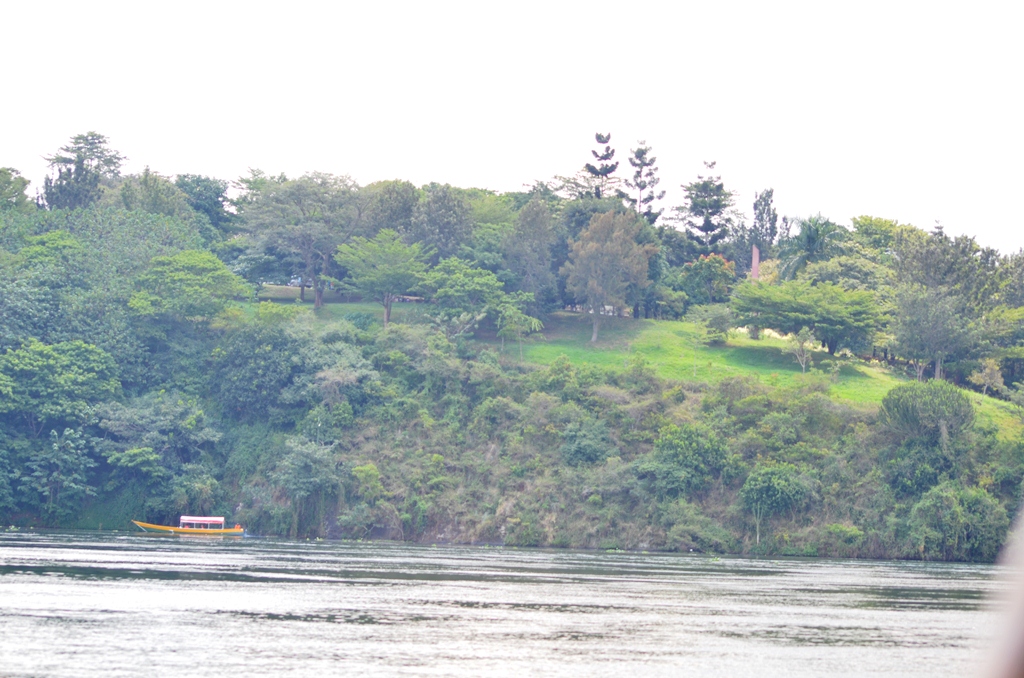
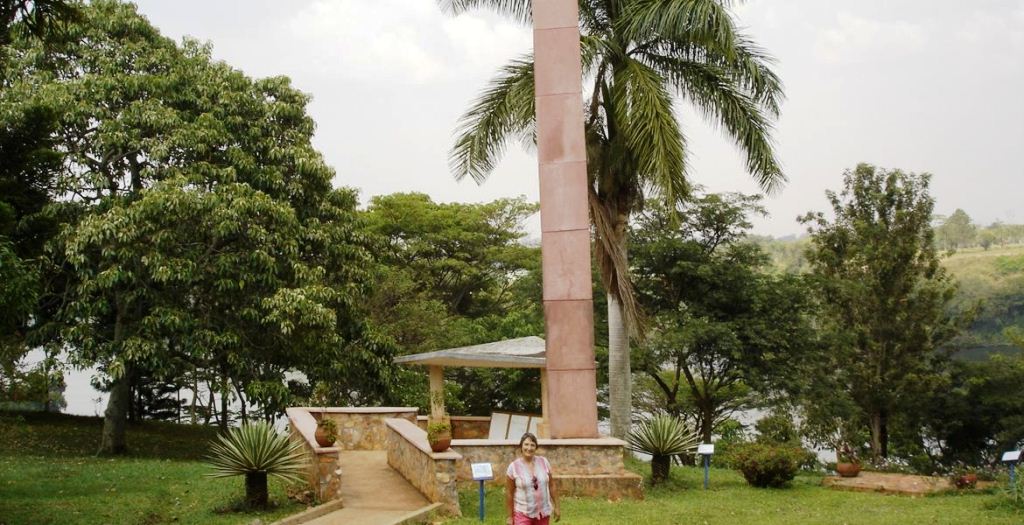

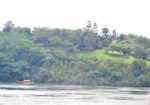




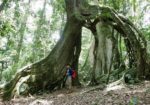

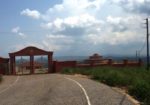








1 Comment
Jemmy Shan, 2019-07-16 at 9:52 AM
A very good place, we got very useful information about the footsteps of John Hanning Speke, Also the place is very well maintained, green with fresh air and also a very good view for the Source of the Nile and its surrounding.